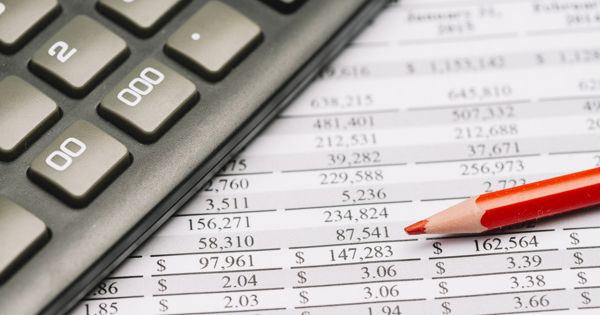
The profit margin scheme allows a taxable person to calculate VAT on eligible supplies on the basis of the profit margin earned, instead of the original selling price. The profit margin is defined as the difference between the buying and selling price of an item, and is inclusive of taxes. The profit margin scheme is applicable on second-hand goods on which VAT has already been levied on the first supply.
In accordance with Federal Decree-Law No. (8) on Value Added Tax, Federal Tax Authority (FTA) has classified goods into three main categories for calculating Value Added Tax (VAT) on the basis of the profit margin scheme, namely:
The FTA asserted that only goods which have previously been subject to VAT may be subject to the profit margin scheme. To confirm this previous applicability of VAT on goods, following information could be used as evidence (but is not limited to):
Its important to keep in mind that only those goods which have previously been subject to VAT before supply may be subject to the scheme. As a result, goods falling under the following categories are not eligible to be sold under the profit margin scheme. VAT is, therefore, due on the full selling price of these goods.
A taxable person may apply the profit margin scheme to eligible goods, in the following circumstances:
A Taxable Person will not be allowed to apply the profit margin scheme in cases where they had issued a tax invoice or any other document mentioning an amount of VAT chargeable in respect of the supply.
Taxable Persons are required to keep inventory and similar documents that clarify the situation of every item bought or sold, as well as purchase invoices that outline the details of items bought under the profit margin scheme. If these items were bought from an unregistered Person, the Taxable Person is required to issue a self-invoice demonstrating the purchase details.
The Federal Tax Authority concluded its statement by clarifying that if the registered business imposed tax on a certain supply using the profit margin scheme, then said business would be required to issue a tax invoice explicitly stating this fact, along with all other information that is supposed to be included in an invoice, except the tax amount.
Disclaimer : Content posted is for informational & knowledge sharing purposes only, and is not intended to be a substitute for professional advice related to tax, finance or accounting. Each article/view/comment posted by third party readers/subscribers of our website on topics of tax and accounting is their personal opinion and due professional care should be taken by you before you act after reading the contents of that article/post. No warranty whatsoever is made that any of the articles are accurate. and is not intended to provide, and should not be relied on for tax or accounting advice.